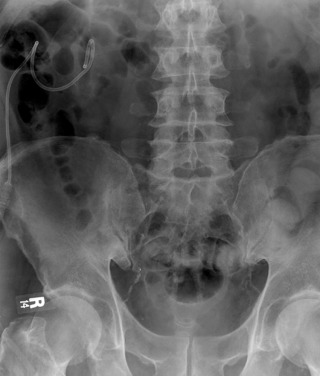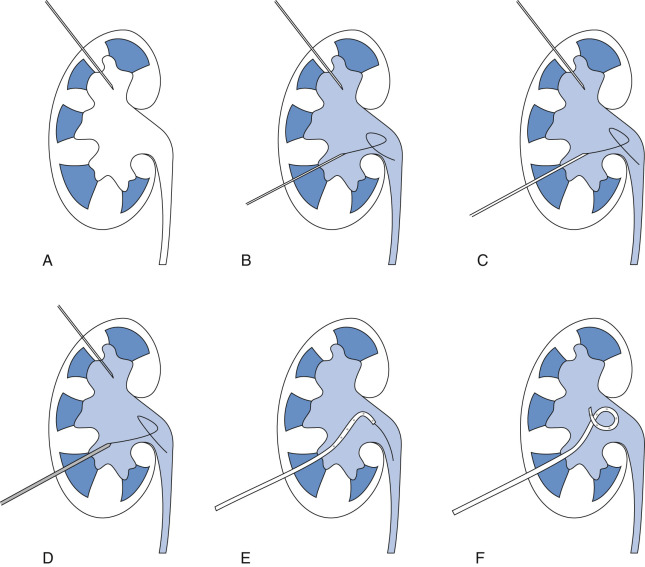Physical Address
304 North Cardinal St.
Dorchester Center, MA 02124
To relieve obstruction in the setting of infection or to preserve renal function.
To assist in the removal of a calculus or foreign body.
To divert urine to permit healing of a leak or fistula.
To provide access for ureteral intervention.

Pyonephrosis (infected urinary obstruction) may rapidly lead to urosepsis and death. It is a urologic emergency, and emergent drainage is indicated.
PCN is a relatively safe, minimally invasive technique that can be used to treat various conditions efficiently. The safety and efficacy of the procedure are predicated, however, on the following well-established guidelines to help prevent complications. The skin puncture should be sufficiently lateral to the midline; this ensures a relatively straight tract that avoids kinking of the catheter. The needle entry into the kidney should traverse the least vascular plane, and the access obtained should provide a path to all portions of the collecting system. It is also important that organs adjacent to the kidney, such as the colon, are not in the needle path.
Fluoroscopy is the most common method, but this requires opacification of the collecting system. This can be accomplished by intravenous contrast material injection with antegrade excretion, if the patient has satisfactory renal function. If the patient has impaired renal function or has a completely obstructed renal collecting system, fluoroscopy may not be a viable option. In these situations, an antegrade pyelogram can be performed via a 22 G or 25 G needle. An antegrade pyelogram can be performed with iodinated contrast material or CO 2 gas ( Figure 73-2 ).

Ultrasonography (US) can be used, which eliminates the need for contrast material opacification of the collecting system. US can also be used to ensure that adjacent organs do not lie along a proposed nephrostomy tract. If the collecting system is not dilated, however, it may be difficult to visualize it with US. Computed tomography (CT) is another option, particularly if the kidney is in an anomalous position.
Puncture of the collecting system should occur through the renal parenchyma because this is the least vascular plane. Direct access to the renal pelvis has a higher rate of vascular complications. Puncture through the renal parenchyma also helps to provide support for the catheter, minimize urine leakage, and decrease the chance of catheter displacement.
A PCN tract should pass through the least vascular region of the kidney to minimize bleeding complications. Renal calyces are arranged in anterior and posterior rows. Between these two rows, in the interpolar kidney, is a relatively avascular plane of renal parenchyma called Brödel's line. This plane usually lies at 30 to 45 degrees, and the PCN tract should be made along this line. (Interestingly, Max Brödel, who described the avascular area of the kidney named after him, is also known as one of the major medical illustrators at the beginning of the twentieth century, and he improved the role of medical illustration in the medical literature.)
Become a Clinical Tree membership for Full access and enjoy Unlimited articles
If you are a member. Log in here